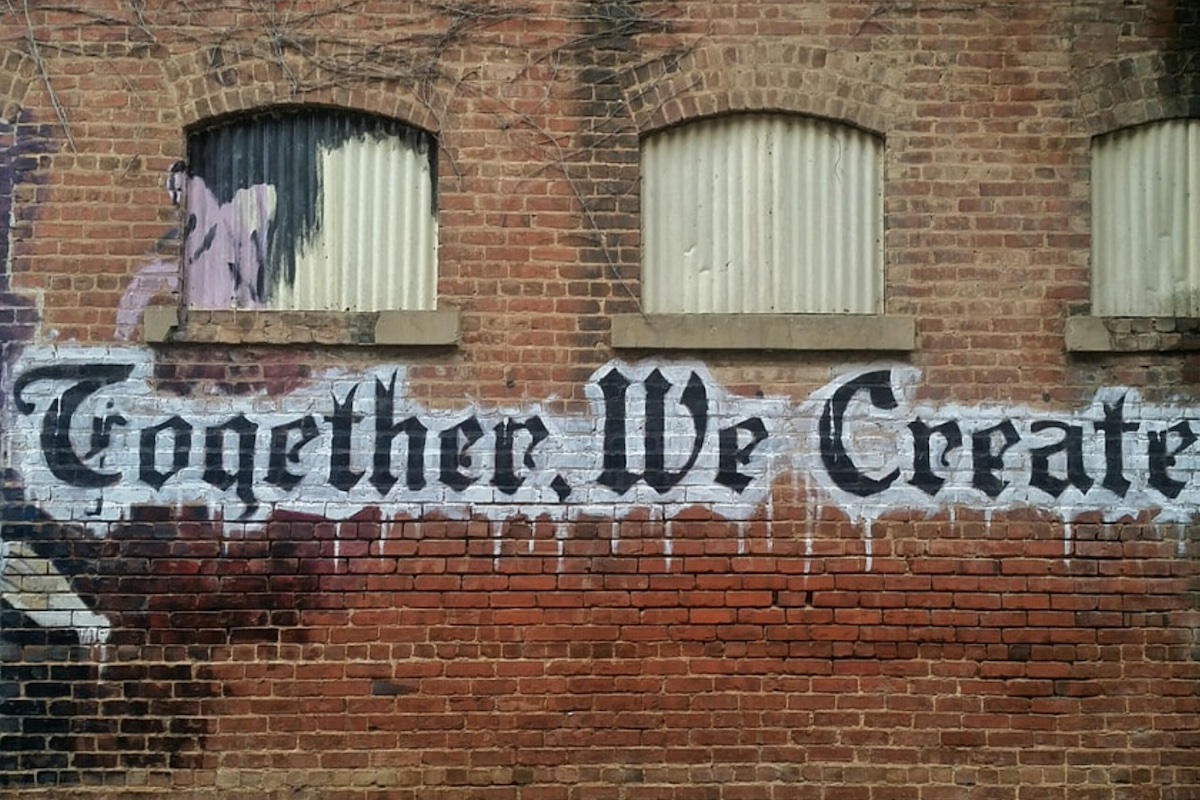Top Five Challenges When Pitching a New Idea
Hardly an innovation event passes without mentioning how Kodak passed on the digital camera or how Blockbuster decided not to invest in streaming entertainment. But with the rapid rate of disruption, how do you ensure that great ideas can penetrate established organizations?
Whitepaper: Stimulating and Measuring Open and Cross Innovation
As two intermediaries from Hamburg that foster open and cross innovation processes, Science Scout (an initiative of Hamburg Innovation) and Cross Innovation Hub (Hamburg Kreativ Gesellschaft) joined forces to start a discussion around the stimulation and measurement of open and cross innovation processes.
In Search of the Perfect Brainstorm: An Update of Collaborative Ideation
Imaginary scenario: you have been invited to a meeting to explore new approaches to a wicked problem. Loudmouth Number 1 describes his solution. Loudmouth Number 2 vehemently disagrees. A heated argument ensues. Some people take [...]
Five Questions to Answer Before Crowdsourcing
As the director of the IdeaScale Crowd community, I recently had the opportunity to share some insights and best practices for innovators who are new to crowdsourcing, and may not have conducted their first campaign yet. We discussed five questions to ask as you prepare for your first campaign, why those questions are important, and some examples of good and bad answers to those questions.
Why Bother with User Innovation?
Users are a hidden ‘front end’ of innovation, highly motivated, prepared to experiment and tolerant of things not working right first time. So it makes sense to try and bring this perspective to bear.
Why Your Innovation Process is a Recipe for Failure
Having a process for the front end of innovation is necessary but not sufficient. It also requires proper levels of funding, and a governance structure to support it. In this article, we'll look at how these aspects tie together, and how your company can support your full innovation lifecycle.
Innovators, How Do You Find Your Next Problem to Solve?
If you’re working in innovation there’s nothing as rewarding as making the long journey from inspiration to implementation.
Five Principles of Innovation Measurement
What gets measured gets managed. Innovation is not serendipity; it’s a managed process of transforming novel ideas to achieve their business value. You can only manage what you measure.
Drive Innovation by Disrupting the Existing Management Norms
Before being acquired by Facebook for US$1 billion, Instagram was just another photo-sharing app operating with insignificant infrastructure and a dozen employees. With the ever-increasing potential of modern technology, the next billion-dollar business could start from the comfort of someone’s home. To stay on top, established organisations need to stimulate innovation... and that’s our topic today.
A Strategic Approach to Starting a Successful Innovation Program
I’ve recently been advising a range of leaders in how to start successful innovation programs. A couple are relaunches of efforts that were abandoned in the past, and others are starting from scratch in organizations (and sectors) that are more comfortable with the status quo.
From the Future to the Present: Visualization and Innovation
Recent discoveries of exoplanets that are relatively close to our solar system are used to illustrate the importance of “visualization”—of future consumer lifestyles, work and recreation, and product and service preferences—for the process of innovation. Different aspects of the visualization concept are discussed, including distinctions between consumers and companies, the importance of widely shared images and competition, and a possible role for Zen philosophy. Particular attention is devoted to visualizations associated with digital innovations, such as smartphones, voice assistants and the internet of things. A key conclusion of the discussion below is that the concept of disruptive innovation should be expanded to include the idea of disruptive visualization. The latter phenomenon will probably become more prevalent in the future.
Systematic Idea Generation and Organizational Capabilities for Front-End Innovation Performance in SMEs
This study seeks to answer two key questions about the front-end innovation: when do idea generation activities involving internal and external partner’s payoff, and which organizational capabilities support idea generation activities for achieving high front-end performance?
How to Innovate Efficiently: Six Ways to ‘Unfuzzy’ the Front-end
Kittens are ‘fuzzy’ because they’re soft and fluffy. But if someone uses the same word to describe the early stages – or ‘front-end’ – of an innovation process, the meaning is less cute. In that case, ‘fuzzy’ means ‘blurry’, ‘unclear’ or even ‘incoherent’. In many cases, innovation projects start off as chaotic and seemingly aimless ventures. In fact, this happens so often, that organizations tend to accept the ‘fuzzy front-end of innovation’ as a necessary evil. At CREAX, we believe front-end fuzziness can and should be drastically reduced in order to innovate efficiently.
How To Get Support for Your Big Ideas?
Have you ever shared new big ideas at work? What happened...? Did they give you a standing ovation? Did someone bake you a cake to celebrate? Did you get promoted? Or I am a little too optimistic?
What Is An Employee Innovation Network, And Why Should You Care?
As Innovation Program leaders look to expand their scope and influence across complex, global organizations, they are turning to the development of Employee Innovation Networks. This article examines what these networks can look like, and provides some high level overview of the value that they can generate.
28 Idea Killers
Every one of us knows reasons why creativity and innovation are stopped in our organizations. It happens everyday, everywhere in the world. And every time a good idea is stopped, it’s one too many. That’s why I present in chapter five of my new book ‘The Innovation Expedition’, which you can download at the top of this article, a great list of 28 idea killers.
Shut Up In a Brainstorm for Better Results
The effectiveness of brainstorms is challenged. A lot of them are done in the wrong way. In this post, Gijs van Wulfen suggests you should shut up in a brainstorm for better results.
How to Find Customer Frictions
An innovation is a simple new solution for a relevant problem. That’s why at the start of innovation you should look out for relevant problems instead of ideas. But how do you find them?
Thinking Like a Designer
Thinking like a designer can transform the way you approach the world when imagining and creating new solutions for the future. It’s about being aware of the world around you, believing that you play a role in shaping that world, and taking action toward a more desirable future. In my new book ‘The Innovation Expedition’ I describe the five characteristics necessary to think like a designer.
The Perfect Innovation Team
In my new book ‘The Innovation Expedition’ I love to refer in discussions on innovation teams to The Mayo Clinic's Center for Innovation. The Mayo Clinic is a best-practice organization, which was researched in APQC's Innovation: Putting Ideas into Action 2009 study. It favors a specific combination of personalities when it builds innovation teams.
You Can’t Innovate Alone
You can invent on your own, but in an organization you can never innovate alone! You need an awful lot of colleagues and bosses to share your vision before a big change can truly take place.
How To Innovate The Expedition Way
Innovation is essential. But it is difficult and risky. Inspired by great explorers like Columbus, Magellan, Amundsen, Hillary and Armstrong a method for ideating new concepts was developed, designed as an expedition.
6 Ways To Commit Innovation Suicide
When starting innovation, a lot of the same mistakes are made over and over again. Here is how you can recognize and avoid them.
How to Pick the Right Idea?
Often times coming up with new ideas is not the hard part. In this example, a team came up with 752 new business ideas in a single workshop. But how can you pick the ‘right’ ideas? Gijs van Wulfen shares five lessons that he has learned in his innovation practice.
How to get 752 New Business Ideas?
Last week an innovation team of G+J Publishers in Amsterdam generated 752 new business ideas in 4 hours. How did they do it? Five reasons caused the explosion of ideas during their ideation workshop.




















